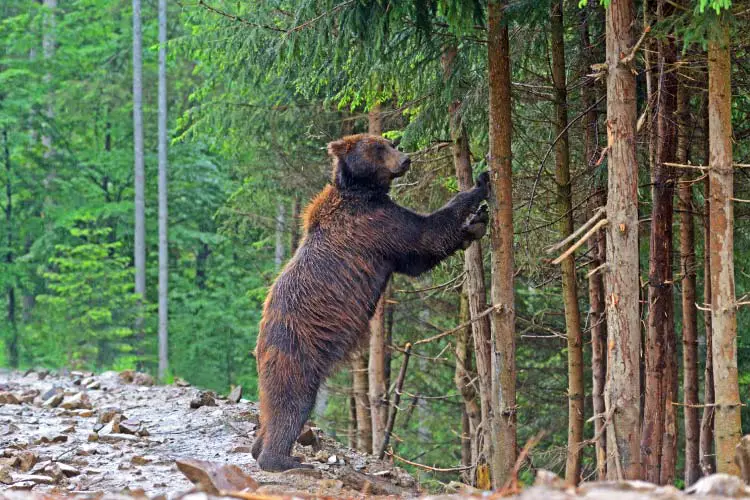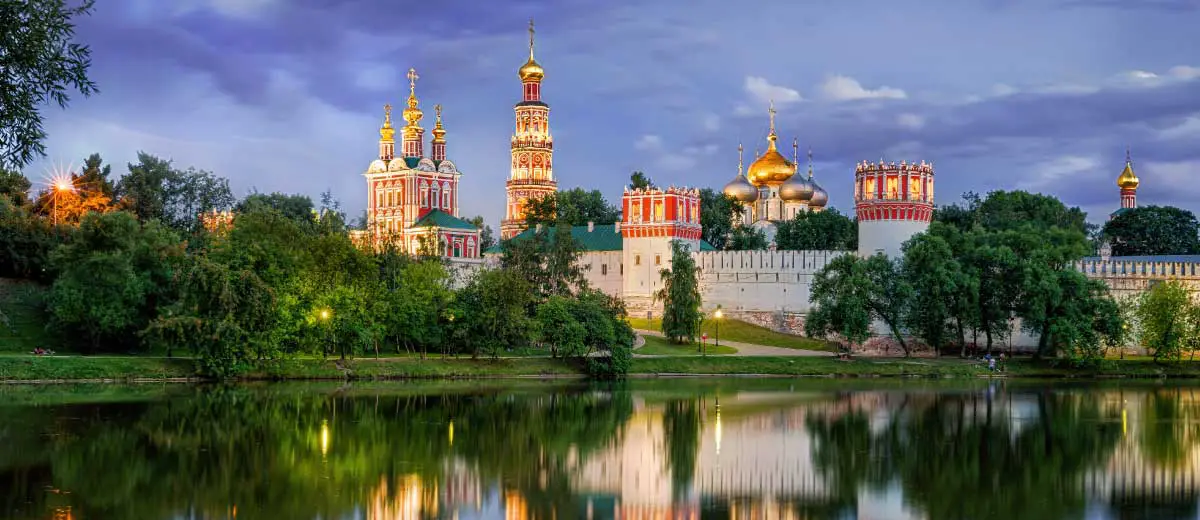Eastern Europe
Amongst travellers, the region of Eastern Europe has a bit of a mixed reputation. To many, the area is primarily known for its association with the Soviet Union, which makes it an ideal travel location for the historically minded individual. That being said, the region is historically less wealthy than Western Europe, and travellers primarily seeking the glitz and nightlife of cities like Paris or London might find Eastern Europe, not to their liking. However, if you’re the type of traveller that likes to experience a rich culture, mingle with friendly locals, taste delicious food, and do it all for cheap, Eastern Europe should be forefront in your travel plans. The region is composed of Russia, Ukraine, Belarus, Estonia, Latvia, and several other nation-states. The region has been inhabited for many years, with archaeological evidence dating back to the Neolithic period. Eastern Europe enjoyed a relatively prosperous history, trading hands between the Eastern Roman Empire, Byzantine Empire, and Ottomans.
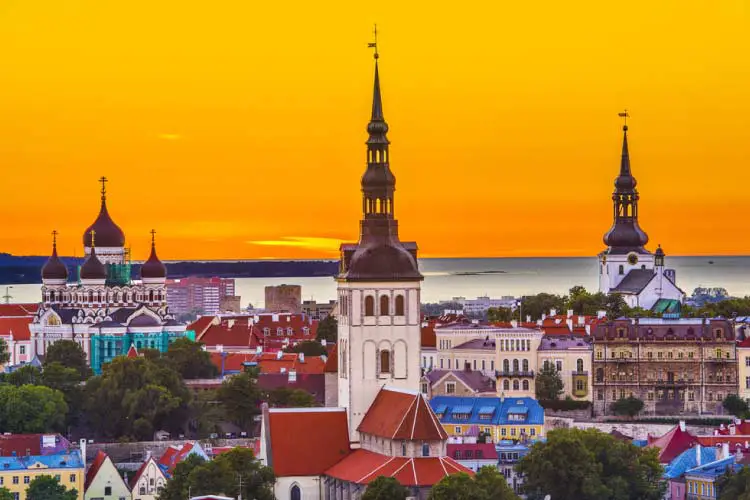
Following the first world war, the region was fractured into separate countries, dividing the area roughly between ethnic groups and re-establishing Poland as a country. Perhaps the most famous period of Eastern European history, however, would come after WWII. Despite being allies during the war, tensions between the communist Soviet Union and the democratic Allied states (namely the United States) gave rise to the Cold War. Much of Eastern Europe was a part of the Soviet Union, and nearly all of the region was a part of the Eastern Bloc. This period of nuclear and political tension lasted for several decades and heavily shaped the culture of Eastern Europe. In the early ’90s, the Soviet Union would dissolve, and many of the countries in Eastern Europe were granted independence.
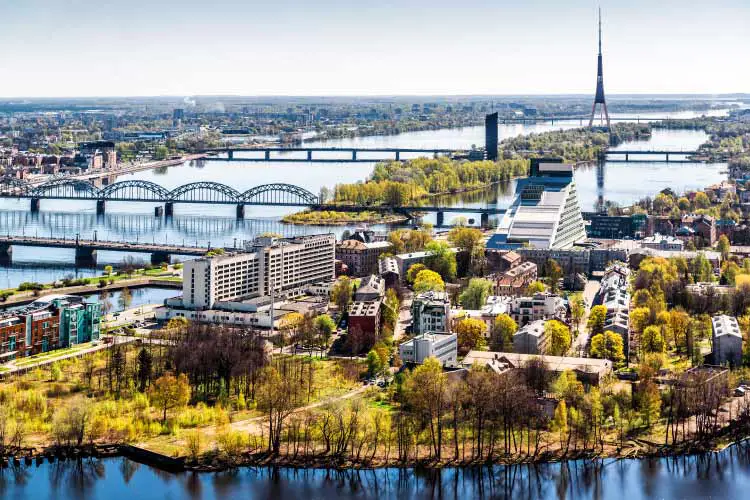
Eastern Europe Highlights
Historical Sites
As we’ve previously mentioned, some of the best parts of Eastern Europe are the historical highlights. This is especially true if one has an interest in the Soviet era of Eastern Europe’s history, though evidence of previous portions of the history can be found as well. We recommend investigating both the religious and political structures that dot the Eastern European landscape to get a taste of the complex history of this region.
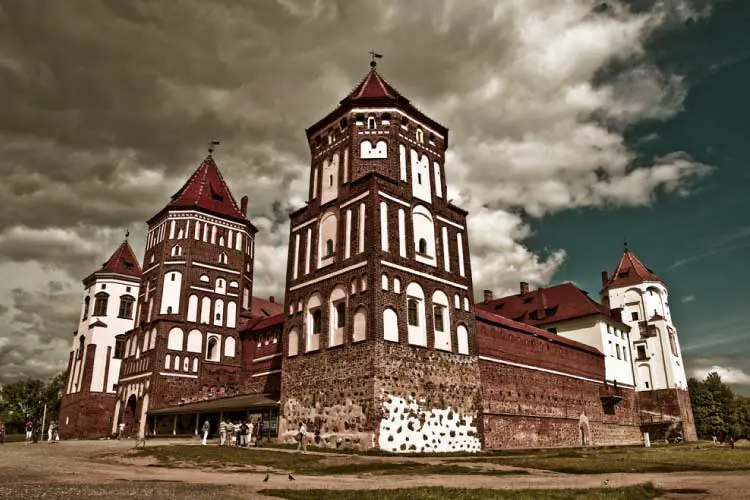
Chernobyl
If you subscribe to the new trend of “disaster tourism”, Ukraine is home to one of the most famous disaster sites in the world: Chernobyl. In 1986, the nuclear reactor in this town experienced a meltdown, resulting in the largest civilian nuclear disaster of all time. As of 2011, the nuclear fallout levels were deemed low enough that the public could safely return to the site. What awaited travellers adventurous enough to make the trek is unlike anything else in the world. The citizens of Chernobyl were forced to leave the city on short notice, and the city is eerily devoid of life. Travellers report still-set dinner tables, dolls and toys abandoned on the floor, and other signs of an abrupt departure.
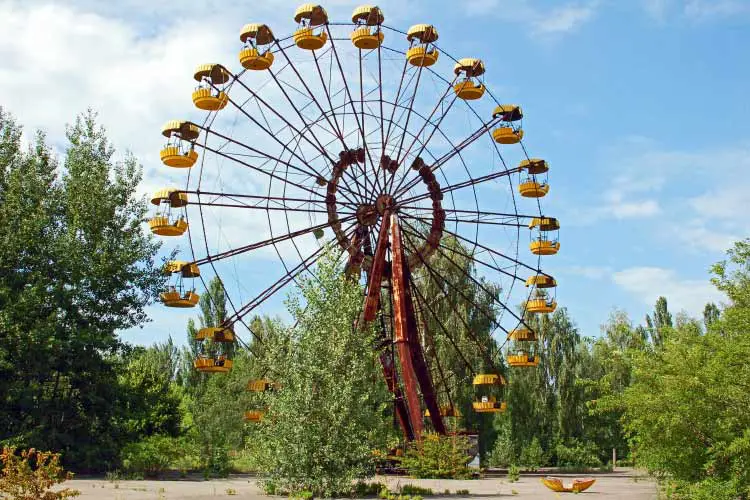
Eastern European Food
The food of Eastern Europe is quite hardy, featuring numerous vegetables and meats. The region is especially fond of pork, which can be found in most establishments in the region. Traditionally, it’s difficult to grow wheat in Eastern Europe, which means that much of the grain in this region is rye. Typically, ingredients are locally sourced, though increased trade with the outside world has somewhat reduced this tendency.

Wildlife in Eastern Europe
Unlike many of its western neighbours, Eastern European is still home to untouched lands. The fauna in the area is typical of a temperate climate, and visitors can expect to find rodents, small mammals, and a variety of birds. Eastern Europe is home to a large portion of the Carpathian Mountains, which is the second-largest mountain chain in Europe. The extreme elevations are home to a great deal of unique wildlife, including brown bears.
